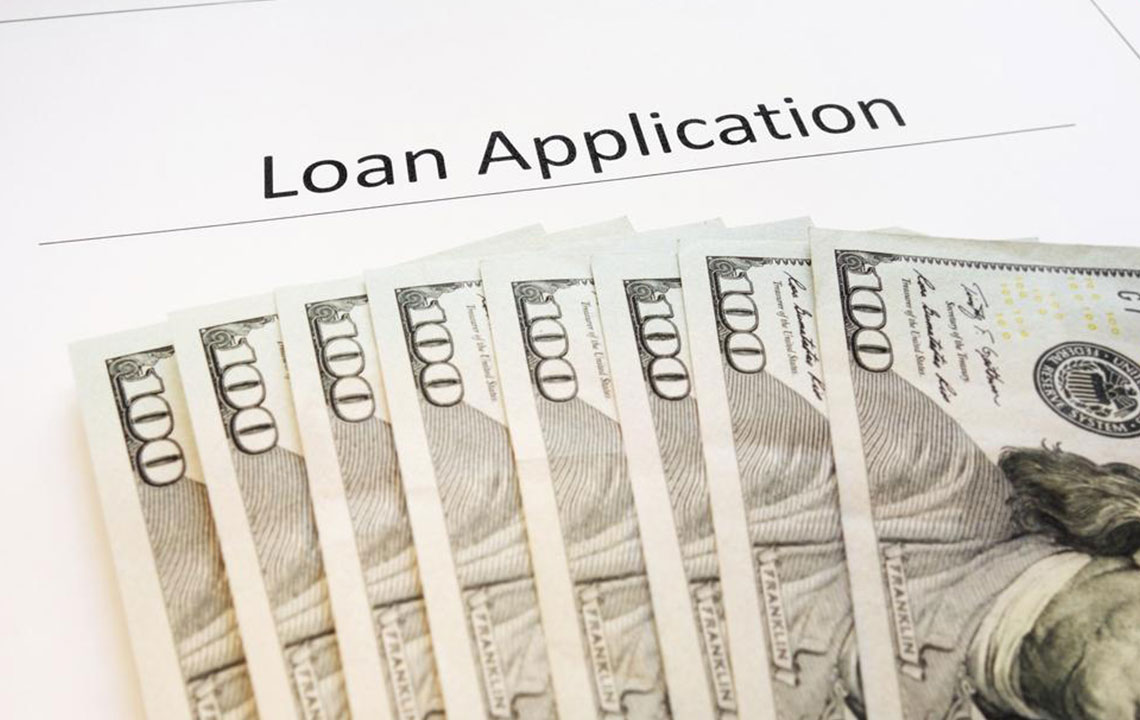Comprehensive Guide to Optimizing Loan Refinancing Strategies
This comprehensive guide explores various loan refinancing strategies, emphasizing the importance of understanding different loan types, promotional offers, and cost considerations. Learn how to optimize refinancing opportunities for student loans, mortgages, and credit card debt to lower interest rates and improve financial health. The article provides practical advice on when and how to refinance, including evaluating promotional periods and assessing costs, helping borrowers make informed decisions for better financial management.

Comprehensive Guide to Optimizing Loan Refinancing Strategies
Many borrowers often mistakenly believe that their loan repayment terms are fixed once they sign the agreement. Whether dealing with student loans, auto loans, credit card debts, or mortgages, they tend to assume the payment amounts required remain constant throughout the loan period. However, the reality is quite different—interest rates can fluctuate, and borrowers’ financial situations often improve over time, creating opportunities to refinance existing loans for better terms, lower interest rates, and overall savings.
Understanding the nuances of refinancing is crucial for borrowers aiming to reduce their financial burdens. The options available vary depending on the type of loan. For example, student loans can be federal or private, each with distinct refinancing options. Federal student loans often have specific guidelines and benefits, while private loans might offer more adaptable refinancing terms. It’s advisable to contact your current lender or a financial advisor to explore potential savings and improved repayment options. Additionally, some borrowers consider leveraging their home equity to settle certain debts like student loans or credit card balances, though this strategy involves assessing the associated costs and risks carefully.
Special promotional periods, especially around festive seasons, often see credit card companies advertising low introductory rates to encourage balance transfers. While these promotional rates can be appealing, they come with a significant caveat—once the introductory period ends, the interest rates can spike substantially, sometimes to levels that make the debt more difficult to manage.
Refinancing a mortgage solely to pay off credit card debt is generally not advisable due to the long-term costs involved. Instead, focusing on reducing your essential expenses, such as mortgage payments, can lead to significant savings. When contemplating refinancing, it’s essential to thoroughly review all the associated terms, including possible transfer fees, closing costs, and interest rate adjustments, to avoid unexpected expenses that could outweigh the benefits. Proper research and comparison of different refinancing plans are vital in crafting an effective debt management strategy and ensuring that you select the most suitable options for your financial situation.





